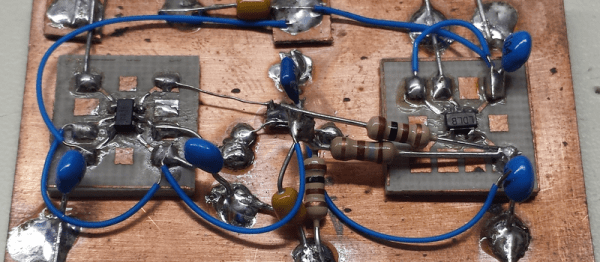It’s (was, is?) the end of August, and that means the entire dreadlocked population of San Francisco is out in the middle of the Nevada Desert for a week. Yes, it’s Burning Man, and as always we have a host of builds that make you ask, ‘how did they do that, and how did they get that here’.
For the last few years, the greatest logistical feat of art cars is the 747. Yes, it’s the fuselage of a 747, turned into an art car. The top deck is a convertible. The biggest question surrounding this 747 is how do you transport this thing? You can’t fly it in (well, you could, once), it’s not going to fit on a train, and it’s extraordinarily long. Now we have an answer: they did it on a truck. The 747 was stationed in the Mojave, and from there it’s a relatively quick shot up Nevada to Black Rock City. Several power lines had to be raised, and you’re still looking at an enormous logistical endeavour.
I’m saying it now. Sphere, the 1998 movie with Dustin Hoffman. There’s a 25 meter diameter mirror ball that looks like the sphere in Sphere. It’s inflatable, so that takes care of the obvious questions, but we’re still asking how this thing looks in person, how massive wind storms are going to affect what is basically a gigantic sale sail, and what the reflections of the sun will actually do. I suppose being convex, you’re not going to get the accidental architectural parabolic mirror effect that melts cars, but one can always hope.
Want a neat story on the features of Burning Man that doesn’t get a lot of press? IEEE Spectrum did a feature on Black Rock City airport. For one week a year, it is the third busiest airport in Nevada, behind McCarren and Reno. It’s also a towered, yet uncontrolled airport. This makes no logical sense, but it’s something that can happen with FAA regs.
[alicestewwwart] has left us with a quandary. She’s creating highly artistic circuits out of ICs, discrete parts, and wire. These circuits are functional, but we don’t know what to call them. They’re not quite deadbug, because SMD parts don’t have legs, and ‘deadbug’ gets its name from upside down DIPs that looks like dead centipedes. It’s not Manhattan style, although this might be closer to Manhattan than deadbug. So what is it? Leave your answer in the comments.
















